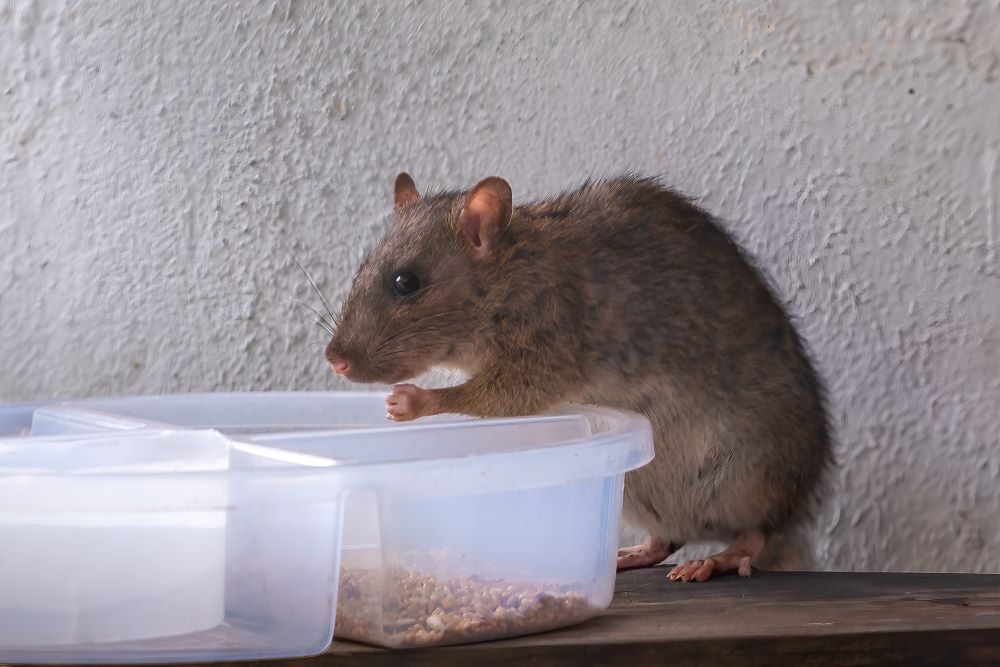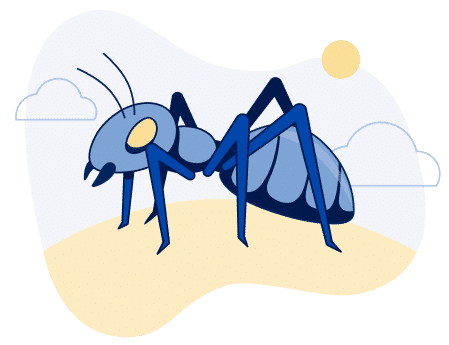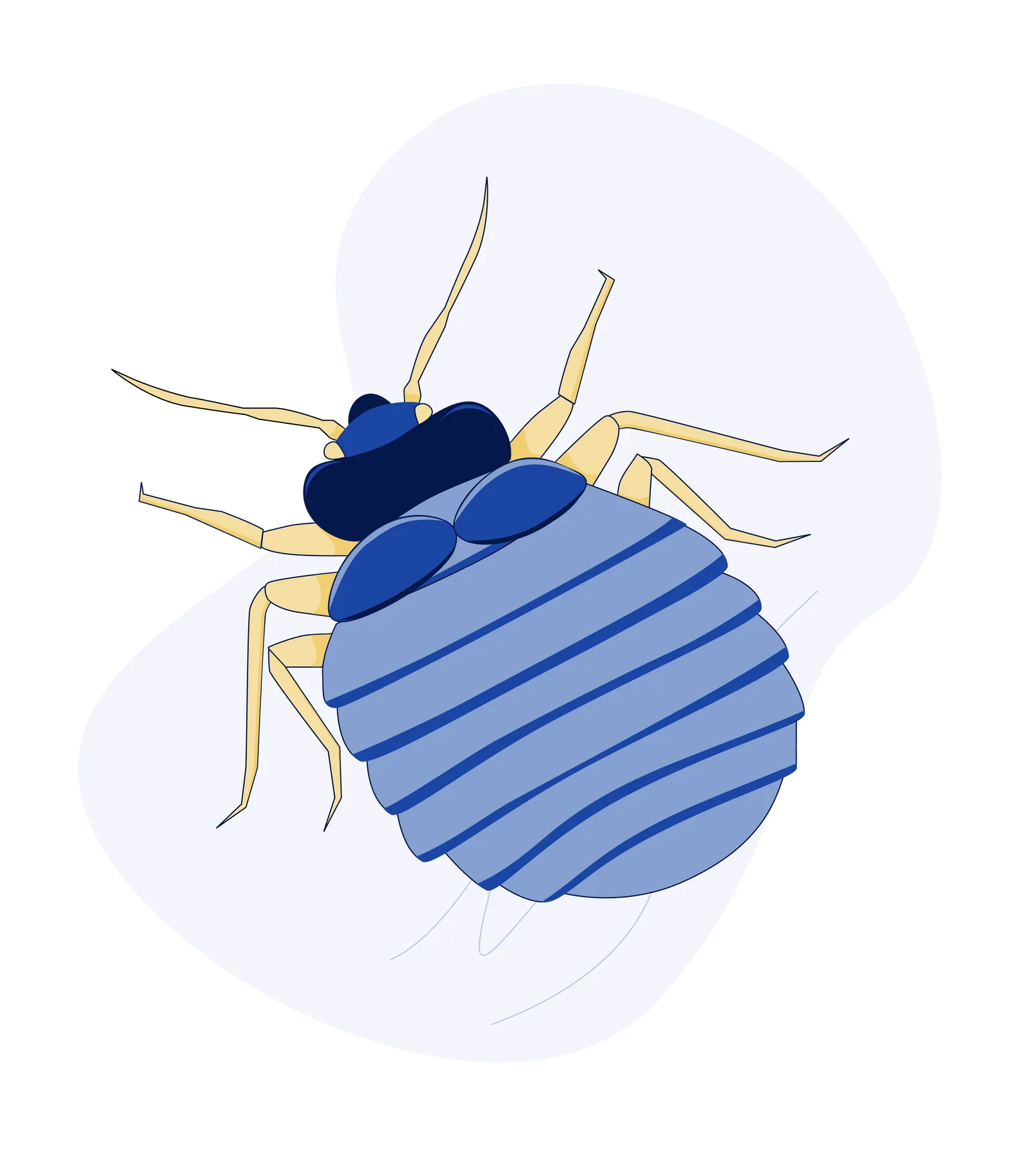What Does Rat Poop Look Like in Sandy, Utah?

Spotting rat droppings in your home is more than just an unpleasant discovery—it’s a critical warning sign of a potential rodent infestation. Recognizing what rat poop looks like can help you act quickly to protect your home and family from the health risks associated with rodents. In Sandy, Utah, where seasonal changes can drive rats indoors, identifying rat droppings early is key to preventing a full-blown infestation. This guide will explore the specific characteristics of rat poop and what you can do if you spot them in your home or business.
What Does Rat Poop Look Like?
Size and Shape
Rat droppings are typically larger than those of mice, measuring around ½ to ¾ inch long. They have a thick, cylindrical shape with blunt or slightly rounded ends. In contrast, mouse droppings are much smaller, ranging from ⅛ to ¼ inch long with pointed ends. If you’re noticing rodent droppings around your property in Sandy, distinguishing between rats and mice is crucial for determining the correct pest control strategy.
Color and Texture
Fresh rat droppings are usually dark brown or black and have a shiny appearance. As they dry, they become duller and can turn grayish. The texture starts smooth but becomes brittle over time, which can help you assess how recently the droppings were left. If you’re finding droppings near your food storage areas or basements, understanding these differences can help you gauge the severity of the issue.
Quantity and Location
Rats often leave droppings in clusters or piles, especially in places they frequent, like along walls, near food sources, or inside attics and basements. In Sandy’s colder months, homes often see an increase in rodent activity as rats seek warmth indoors. These droppings can help you identify active zones, such as near food storage areas or along baseboards.
Rat Poop vs. Mouse Poop
Knowing the difference between mice vs rat droppings is essential for effective pest control. Rat droppings are larger (½ to ¾ inch), while mouse droppings are smaller (⅛ to ¼ inch) and more pointed at the ends. Recognizing these distinctions helps you pinpoint whether you’re dealing with a rat infestation or a different rodent, which is crucial since rats and mice require different control measures.
Why Identifying Rat Droppings in Sandy Matters
Early Detection of Infestations
In Sandy, Utah, the colder seasons drive rodents indoors, and rat droppings are one of the earliest signs of an infestation. Spotting droppings is one of the warning signs that allows homeowners to act quickly before the problem escalates. Since rats reproduce rapidly, a minor issue can quickly become a serious infestation if left unchecked.
Rat Dropping Health Risks
Rat droppings carry harmful pathogens that can lead to diseases like hantavirus, salmonella, and leptospirosis. These health risks are particularly concerning for residents in Sandy, where families often spend more time indoors during the colder months. These diseases can be transmitted through direct contact with rat feces or dust particles contaminated with droppings. Identifying and cleaning up rat poop promptly helps minimize health hazards for your family.
Identifying the Type of Rodent
Distinguishing between rat and mouse droppings is about knowing what you’re dealing with and choosing the correct pest control methods. Rats in Sandy may behave differently than other rodents, and using the right traps, baits, and exclusion techniques can make all the difference in effectively eliminating them.
Locating Activity Zones
Rats tend to leave droppings in areas they frequent the most, such as attics, crawl spaces, and kitchens. In Sandy, where homes may have more access points due to cold-weather cracks or older construction, identifying these areas can help you target your pest control efforts more effectively.
Protecting Property
Rats are notorious for gnawing on wires, insulation, and structural materials. This kind of damage can lead to costly repairs, especially in older homes in Sandy. By spotting rat droppings early, you can act quickly to prevent further damage, protecting your property and peace of mind.
How to Safely Handle Rat Droppings in Your Sandy Home
If you discover rat droppings in your home, it’s essential to handle them safely to avoid contamination. Follow these steps:
- Wear gloves: Always wear gloves when handling rodent droppings to prevent direct contact with harmful bacteria.
- Use disinfectant: Spray a disinfectant on the droppings before attempting to clean them. This reduces the risk of airborne particles spreading.
- Dispose properly: Place the droppings in a sealed plastic bag and dispose of them in an outdoor trash can.
- Wash hands: After cleaning, wash your hands thoroughly with soap and water.
Preventing Future Rat Infestations in Sandy, Utah
With colder weather and seasonal changes in Sandy, rats often seek shelter indoors. Here are some rodent control tips to prevent future infestations:
- Seal entry points: Check your home for cracks, gaps, or holes where rats might enter. Pay particular attention to areas around your foundation and attic, which are common entry points for rats in Sandy.
- Store food securely: Rats are drawn to easily accessible food. Keep food in airtight containers and clean up spills promptly to reduce the chance of attracting rodents.
- Maintain cleanliness: Regularly clean kitchens, basements, and areas where food is prepared to prevent rats from finding food sources in your home.
Conclusion
Recognizing what rat poop looks like is a crucial step in detecting a rat infestation in your Sandy home. Early identification and swift action can protect your family from health risks and your property from potential damage. If you suspect a rat problem, consulting a local pest control professional in Sandy can ensure that the issue is handled safely and effectively.







